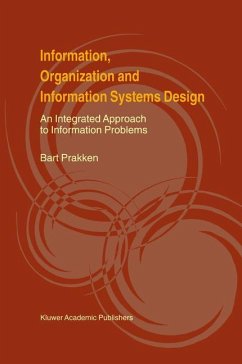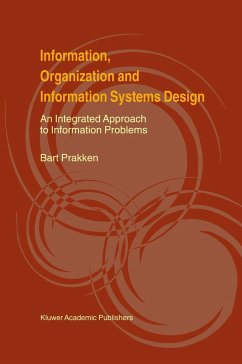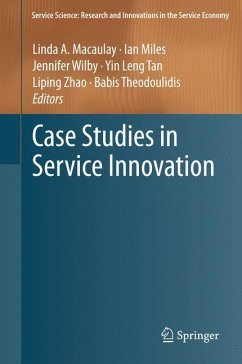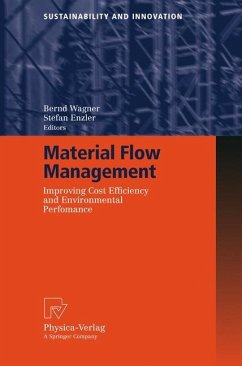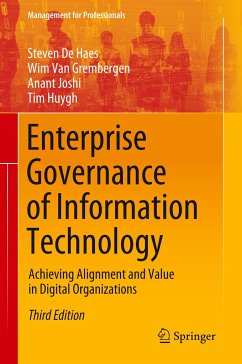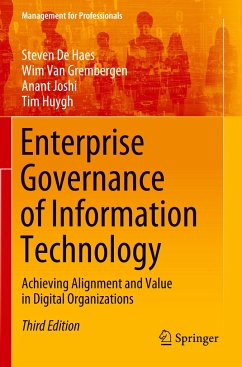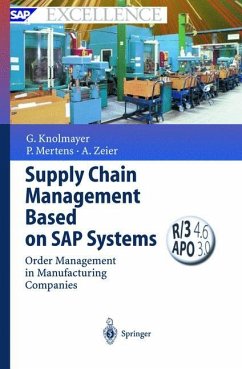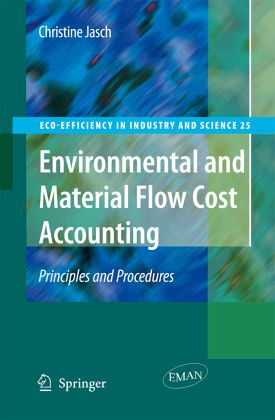
Environmental and Material Flow Cost Accounting
Principles and Procedures
Versandkostenfrei!
Versandfertig in 6-10 Tagen
76,99 €
inkl. MwSt.
Weitere Ausgaben:

PAYBACK Punkte
38 °P sammeln!
Recognizing the increasing importance of environmental issues, energy prices, material availability and efficiency and the difficulty of adequately managing these issues in traditional accounting systems, several companies all over the world have started implementing "Environmental and Material Flow Cost Accounting" (EMA and MFCA)."Environmental and Material Flow Costs Accounting" explains and updates the approach developed for the United Nations Department of Economic and Social Affairs (DSD/UNDESA) and the International Federation of Accountants (IFAC) and in addition includes experiences of...
Recognizing the increasing importance of environmental issues, energy prices, material availability and efficiency and the difficulty of adequately managing these issues in traditional accounting systems, several companies all over the world have started implementing "Environmental and Material Flow Cost Accounting" (EMA and MFCA).
"Environmental and Material Flow Costs Accounting" explains and updates the approach developed for the United Nations Department of Economic and Social Affairs (DSD/UNDESA) and the International Federation of Accountants (IFAC) and in addition includes experiences of several case studies and recent developments regarding EMA and MFCA in national statistics and ISO standardization.
"Environmental and Material Flow Costs Accounting" explains and updates the approach developed for the United Nations Department of Economic and Social Affairs (DSD/UNDESA) and the International Federation of Accountants (IFAC) and in addition includes experiences of several case studies and recent developments regarding EMA and MFCA in national statistics and ISO standardization.





